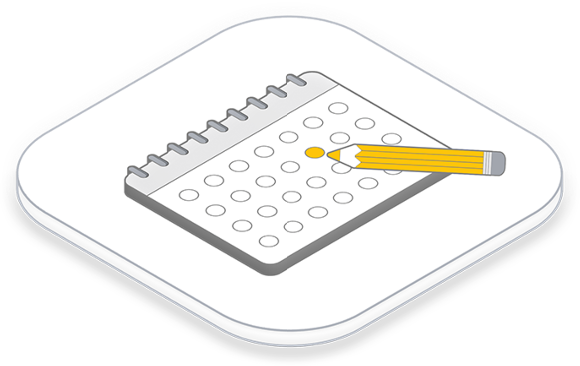30
August 2023
Unsupervised learning is a Machine Learning technique that can detect patterns and relationships in data without relying on a pre-existing pattern. Unlike supervised learning, which trains an algorithm based on labeled data, unsupervised learning works with unlabeled data that is not characterized by a specific category or objective. In this way, new insights can be gleaned from the data that may not be detected using other methods. In this blog post, you will learn about the potential applications for unsupervised learning and the challenges we currently face.
Unsupervised learning: The key to hidden patterns and valuable insights
The application areas for unsupervised learning are diverse: from pattern recognition in images to speech recognition to anomaly detection in data streams. In all of these applications, the goal is to discover unknown patterns in data in order to extract valuable information. In image processing, for example, unsupervised learning is able to detect complex patterns in images that cannot be easily described by a handful of predefined categories. A well-known example of unsupervised learning in image processing is the use of autoencoders for compression reduction of images. An autoencoder is a neural network that attempts to encode and then decode an input in reduced form. By learning this reduction, the model can detect patterns in the data that were not obvious in the original form.
Another possible application of unsupervised learning is in the area of speech recognition. Here, large amounts of speech recordings are input into the model without predefined categories. The model then independently searches for patterns in the speech and learns to classify them. The result is improved speech recognition that works reliably even with unusual accents or dialects.
There is still much to do
Despite the successes of unsupervised learning, there are still unanswered questions in several use cases. In medical imaging, for example, it is difficult to use unsupervised learning because the data is usually not available in sufficient quantity and quality. In addition, in many cases the available data is poorly labeled or not labeled at all. As a result, there is a risk that the model will detect misleading correlations and draw incorrect conclusions. Another problem arises when interpreting the results. When using predefined categories, they can simply be attributed to the respective categories. In unsupervised learning, on the other hand, it is often not known which categories the model itself has defined. This makes it difficult to understand the results and to correct them if necessary.
Data protection is always a priority
Another open point concerns data protection. Since unsupervised learning often involves working with large amounts of data, it may contain sensitive data that should not be accessible to everyone. There is therefore a risk that unwanted or harmful patterns in the data can be detected and used, for example, to discriminate or violate people’s privacy. Here, it is important that data privacy is considered when applying unsupervised learning and that appropriate measures are taken to anonymize and protect the data.
In addition, there are various aspects to the implementation of unsupervised learning that users must be additionally aware of:
-
Lack of clarity about the purpose
Because there are no clear goals or categories in unsupervised learning, it can be difficult to define the purpose of the learning. This can then in turn lead to the model detecting patterns that are irrelevant or undesirable to the scope. -
Scaling and storing the data
Unsupervised learning may require large amounts of data that are not easy to process or store. Therefore, it may be necessary to use specialized infrastructures or cloud services to perform unsupervised learning efficiently. -
Complexity of the models
In order to identify complex patterns in the data, unsupervised learning often requires the use of complex models as well. However, these are often difficult to interpret and can be very computationally intensive. In addition, it can be difficult to optimize and train these models. -
Transferability of the models
Because unsupervised learning does not specify specific target categories, it may be difficult to transfer the models to other application areas. Therefore, models should be customized for each application domain or specific transfer learning techniques should be used. -
Robustness against attacks
Unsupervised learning is vulnerable to attacks such as Adversarial Attacks or Poisoning Attacks that can corrupt the model or render it useless.
In summary, unsupervised learning is a promising Machine Learning technique that has already achieved good results in many application areas. Nevertheless, there are still open questions and challenges that need to be addressed in the future. These concern, among other things, the quality and availability of the data, the interpretability of the results, and the problem of data protection. Only through continuous improvement of the methods and responsible handling of the data can the potential of unsupervised learning be fully exploited and lead to further progress in various application areas.
If you would like to learn more about the benefits of unsupervised learning in the field of Machine Learning, our Experts are ready to help you. Contact us.
About the author



Comments